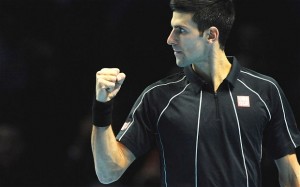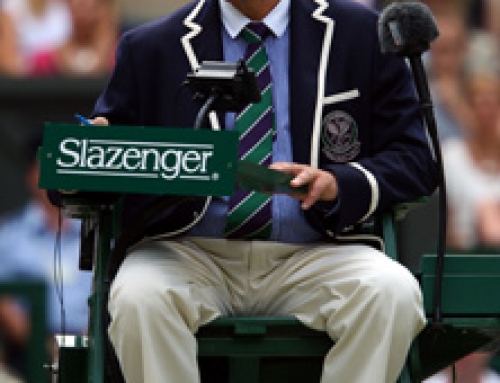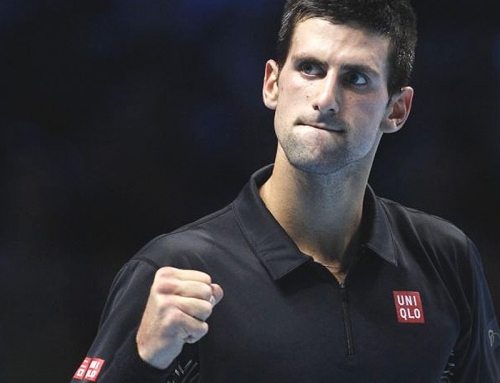 These days, when Federer plays Djokovic, there’s a period of time where Djokovic’s game seems to go off the boil and Federer is able to play his game and win a set, but it always feels like the reason Federer wins the set is that Djokovic’s game is slightly off, not because Federer is really dominating Djokovic.
These days, when Federer plays Djokovic, there’s a period of time where Djokovic’s game seems to go off the boil and Federer is able to play his game and win a set, but it always feels like the reason Federer wins the set is that Djokovic’s game is slightly off, not because Federer is really dominating Djokovic.
Federer, these days, has few, if any wins, over his biggest rivals: Djokovic, Nadal, and Murray. It’s not surprising that the players that give him the most trouble are those that return serve the best.
Against Djokovic, Federer has to deal with a player that returns his serve well, which means Federer is not winning free points off his serve. That means, he’s engaged in long rallies. Federer’s not the kind of player that likes long, drawn out rallies. He wants to hit power shots and end the point quickly. However, players like Nadal and Djokovic are so quick, they force Federer to deal with shot after shot. Against a lesser opponent, Federer eventually moves ahead in a point, and eventually opens up the court for a winner.
Invariably, with the relentless steady play of Djokovic, Federer makes an error. And because he does this, he gets a bit nervous, which manifests itself in shots that are just a bit off, an errant inside-in forehand, a double-fault. Federer simply isn’t used to having to hit so many shots where he may win less than half the long rallies.
The first set was a comfortable win to Djokovic, but both men played scratchy tennis in the second set, with Federer getting out to a break lead twice, but immediately broken back twice, before he played a solid tiebreak to win the second. Djokovic was struggling with balance and keeping shots in, but he tightened up in the third set and eventually wore Federer down to win 6-4, 6-7, 6-2.
In the other match of the day, Ferrer couldn’t find the magic that let him upset Nadal only a few days earlier. Better hitting from Nadal, and inconsistent hitting from Ferrer lead to an easy 6-3, 6-2 win.



![[WTF] Djokovic wins third year-end title with straight set win over Nadal](https://www.essentialtennis.com/wp-content/uploads/2013/11/20131111nole-500x383.jpg)


![[World Tour Finals, Semis] Djokovic and Federer to meet in the finals](https://www.essentialtennis.com/wp-content/uploads/2012/11/20121110fed-500x383.jpg)
![[ATP World Tour Final, Sat] del Potro’s upset win over Federer means he goes to semis and Ferrer goes home](https://www.essentialtennis.com/wp-content/uploads/2012/11/20121110delpo-500x383.jpg)